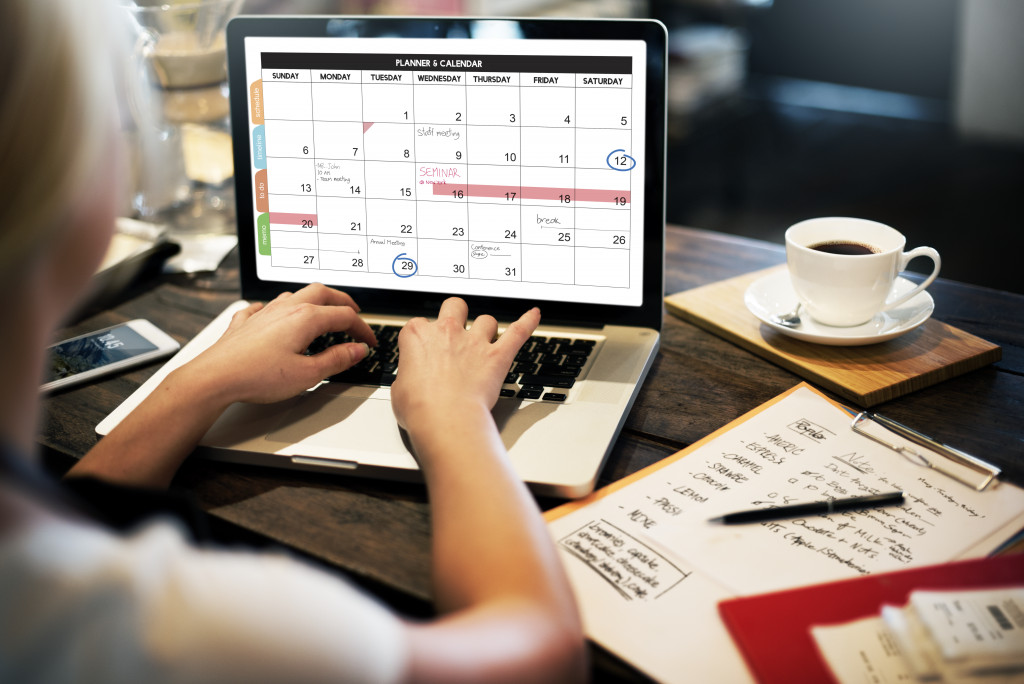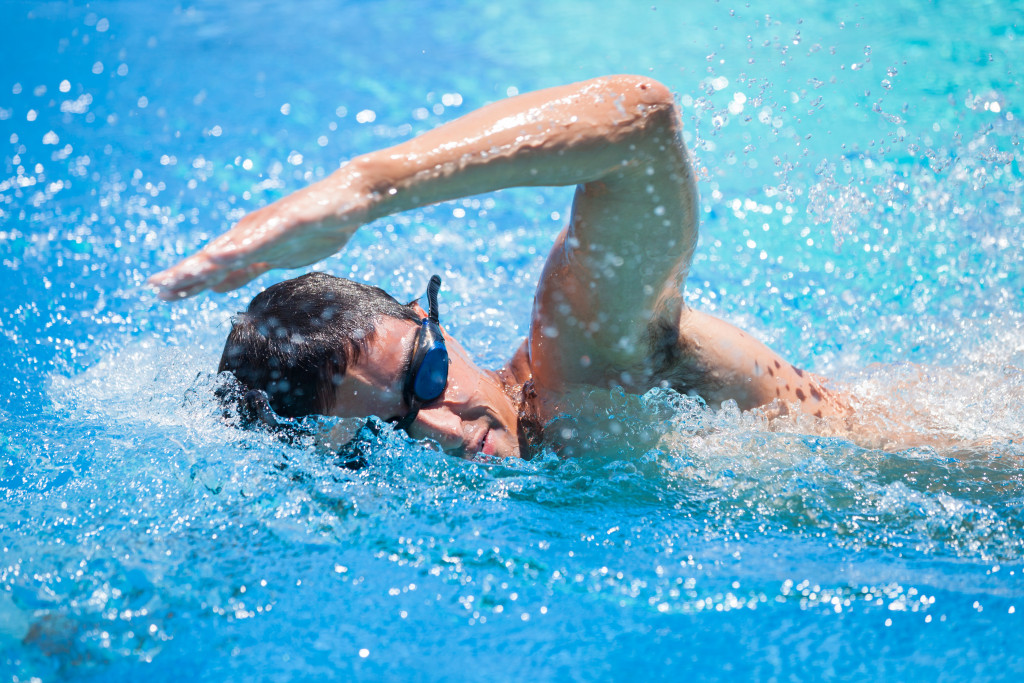Many people think they need to join a club or swim team to train their swimming skills. However, this is not the case! With proper pool maintenance and dedication, you can train your swimming skills at home with no problem. Here are a few tips on how to get started:
Preparing Your Backyard for Training
It’s important to clean and repair any damage to your pool. This includes patching cracks, fixing tiles, and cleaning out debris. Then you’ll want to make sure your pool is filled with fresh, clean water. This means draining and refilling your pool or adequately maintaining your filtration system. Moreover, you should also consider how the rest of your backyard can impact your pool area. If you have trees and plants that can drop leaves and other debris into the water, you’ll want to take measures to prevent this. And aside from plants, other factors can also affect your pool and training. For instance, small animals may frequently run across your yard, or you might want to train in private without prying eyes. In this case, you should install a rust-free metal privacy fence that can prevent wildlife from getting into your pool and give you the privacy you need. This will not only offer you peace of mind for your pool but also for the safety of your family and property.
Set a Schedule
Setting a schedule for training your swimming skills is important if you want to make progress. If you simply want to improve your swimming skills for recreation, then training twice or thrice a week should be enough. But if you’re swimming competitively, then you should at least train between five to nine times a week. However, these are not set in stone, and your training should depend on your goals. You can set a schedule that fits well with your other responsibilities and priorities as long as you make time for practice every week. It’s important to find what works best for you and to stick to that schedule as much as possible.

Learn More About Swimming Strokes
Once you set a schedule, you will need to learn about different swimming strokes. This includes things like the freestyle, breaststroke, butterfly, and backstroke. Focusing on one at a time can help your progress, but as you advance in skill, learning the other strokes can help you become a more versatile swimmer. Many resources are available online such as video tutorials on YouTube or articles on various websites. You should also consider taking lessons from a certified swim coach if possible. This will help ensure that you’re learning the proper techniques and can help you avoid bad habits. Moreover, you may also want to watch videos of Olympians and other professional swimmers to see how they perform. Doing so can help motivate you to improve your own skills.
Exercises for Swim Training
If you’re looking to take your swim training to the next level, you may want to consider adding some workout exercises to your weekly routine for when you aren’t swimming. Doing so can help improve your overall strength and endurance. It can help you to focus on specific muscle groups that will help you to swim faster and with more power. And it can also help to prevent injuries by providing a well-rounded workout that includes cardio and strength training. Some great exercises include running, biking, and weightlifting. You can also do bodyweight exercises such as push-ups, sit-ups, and squats. Just be sure to warm up before you start any new exercise routine, and always listen to your body if something feels too difficult or painful. With a little effort, you can take your swimming to the next level by incorporating some off-pool exercises into your training regimen.
Practice, Practice, Practice
Now it’s time for the fun part: practicing! If you don’t stick to your practice schedule, you won’t make any progress. But if you consistently practice and give it your all, you will slowly but surely start to see improvements in your swimming. Remember to focus on your techniques and pay attention to your form. If you begin to feel tired, take a break. It’s important to listen to your body and not overdo it. Swimming is a great workout, but it’s also important to rest and recover between practices. This will help your body to repair any muscles that may have been damaged during your workout and will allow you to come back stronger and ready to swim even faster.
Training your swimming skills at home is a great way to save money and still be able to improve your abilities in the water. With enough preparation and commitment to your goals, you’ll be on your way to becoming a better swimmer in no time!

